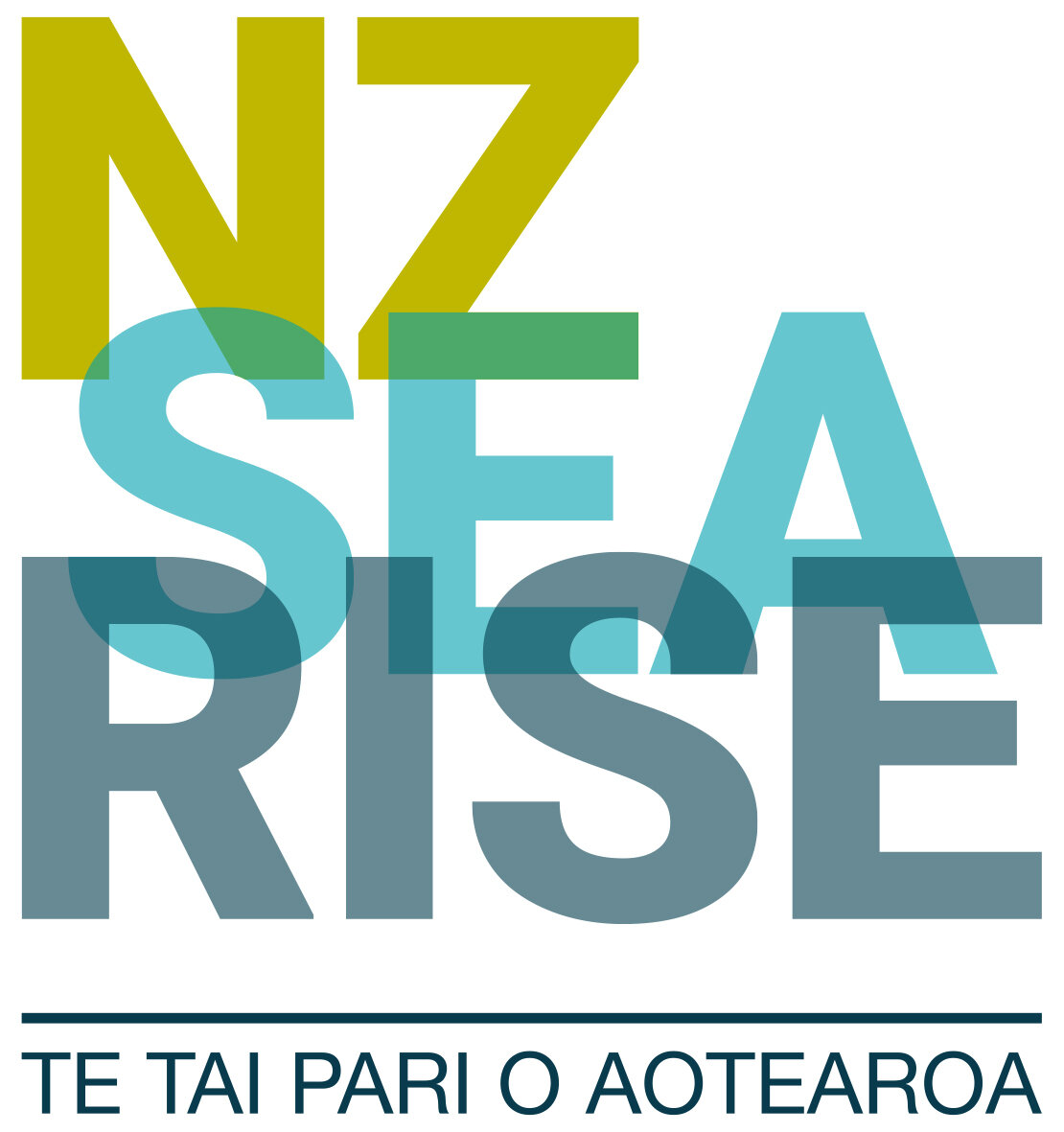The New Zealand Coastal Hazard Guidance (Ministry for the Environment, 2017) projections are based on previous global assessments. However, they do not include local influences such as vertical land movement due to tectonics, sediment compaction, or groundwater drainage and compaction. The NZ SeaRise Programme has updated our national projections to incorporate state-of-the-art information regarding future response of Earth’s large ice sheets, oceans, mountain glaciers and terrestrial water storage, as well as local non-climatic influences. These local projections will be used to help make local decisions to inform the most appropriate and equitable adaptation solutions.
The main contributors to global sea-level rise are thermal expansion of the oceans and melting of land ice. It’s currently a game of “thirds”:
One third of the historical sea-level rise has come from polar ice sheet melting
One third is from mid to low latitude mountain glacier wastage
The remaining third is from the thermal expansion of the oceans.
However, in the coming decades and centuries the polar ice sheets will dominate that rate and magnitude of global sea-level rise. This is because they lock up 65 m of potential sea-level rise, whereas the remaining mountain glaciers have only 50 cm of sea-level rise to give, and ocean thermal expansion can only give a couple of metres more sea-level rise over the coming centuries. The NZ SeaRise programme is addressing knowledge gaps that hamper our ability to anticipate and manage the impacts and risks of future sea-level rise because we:
Are uncertain about how much melting of the polar ice sheets contributes to global and regional sea rise projections; and
Have a lack of understanding about the influence of vertical land movements and changes in sea-surface height in local predictions.
Our new sea-level projections include uncertainty. Sea-level changes become more difficult to precisely forecast as we look further into the future. We need flexible plans to adapt to changes along our coast.


